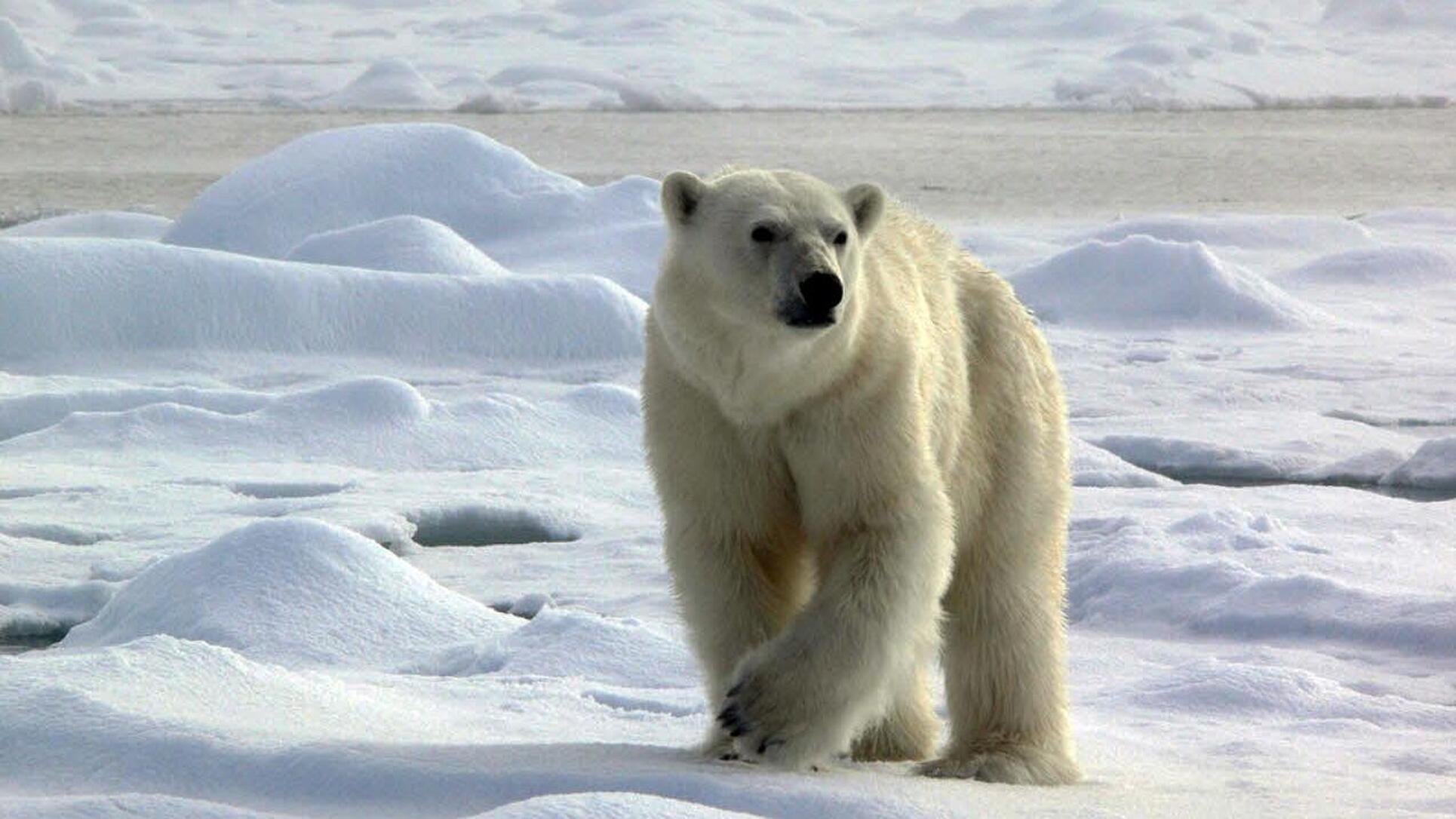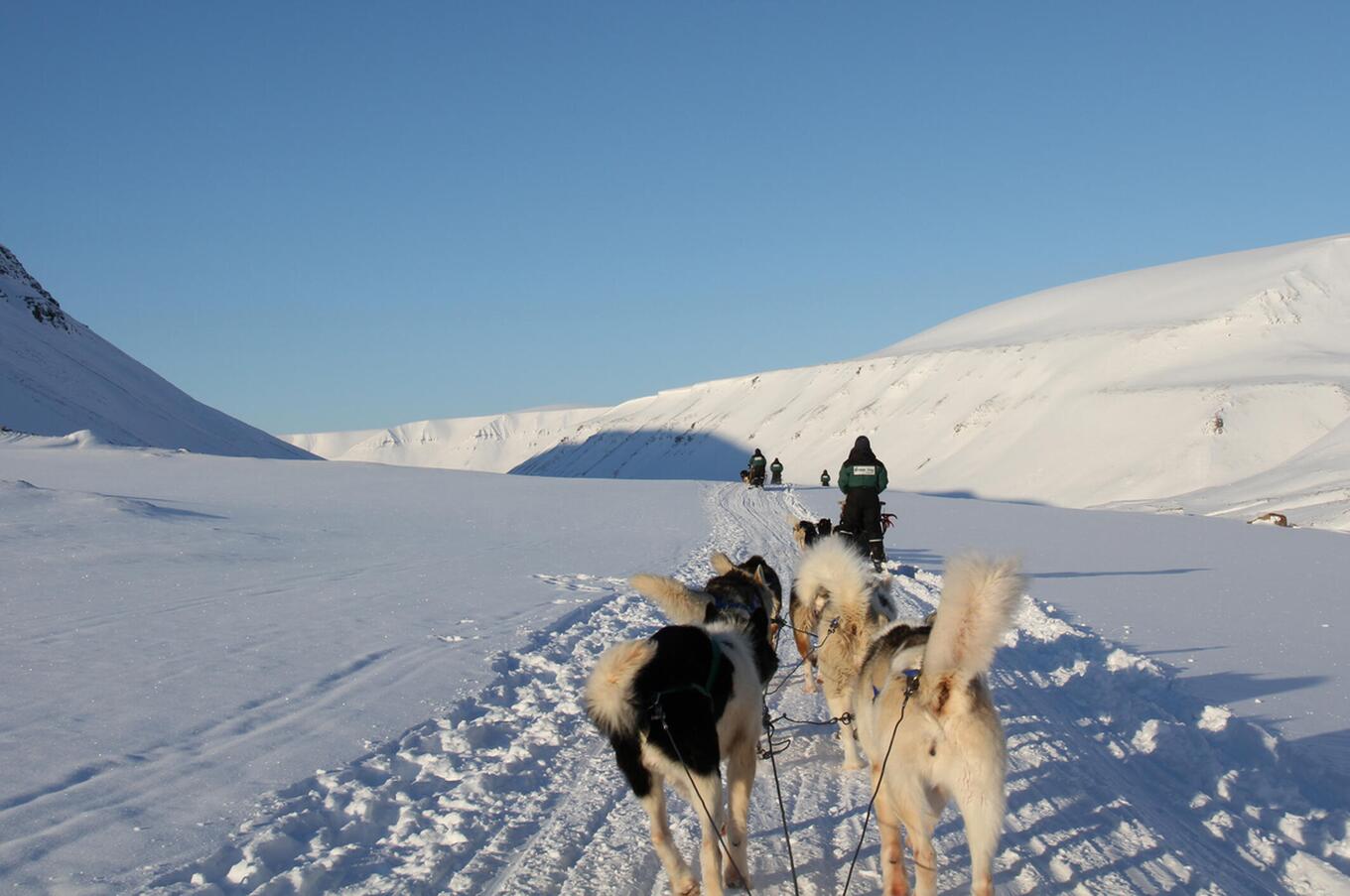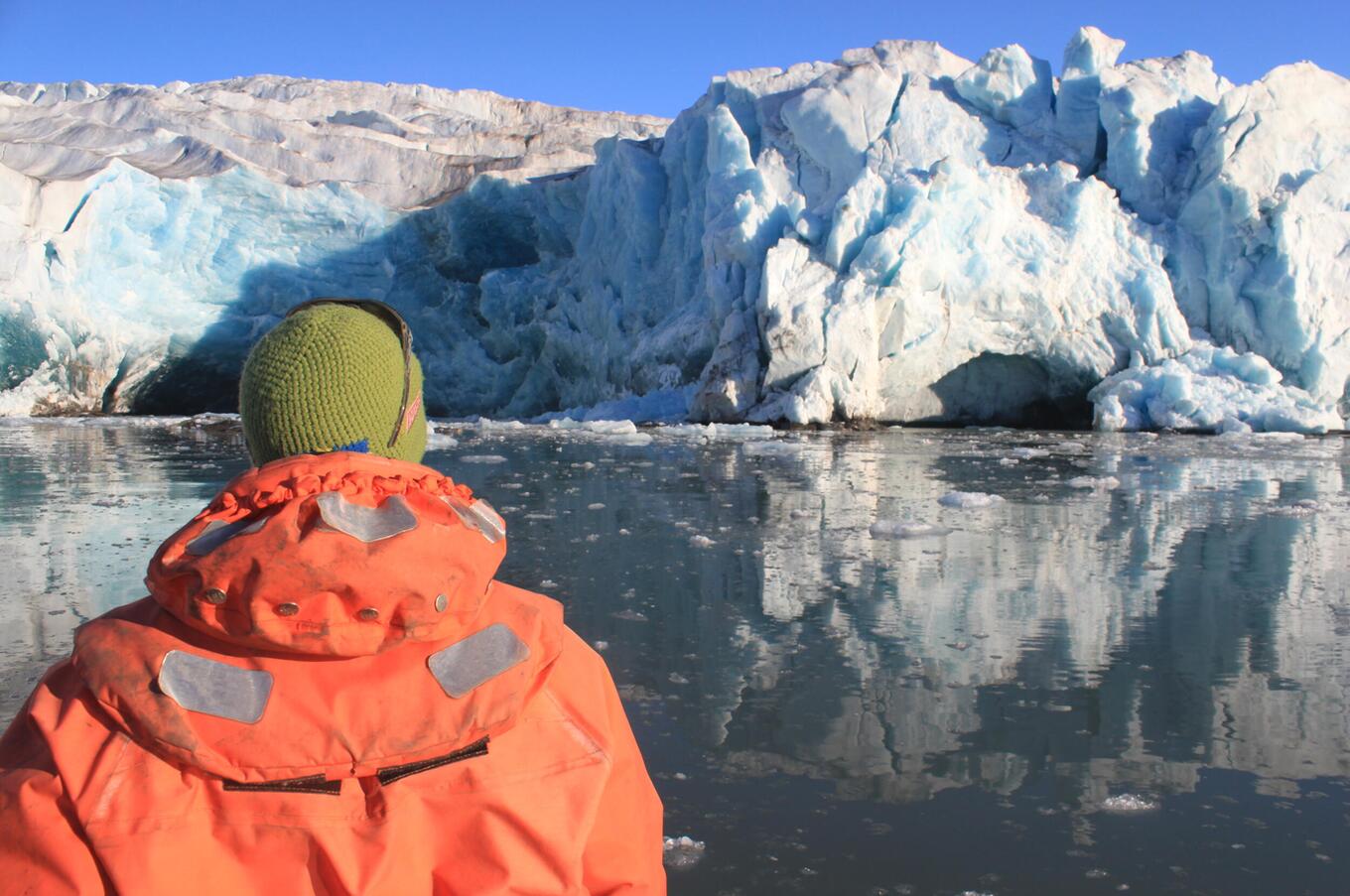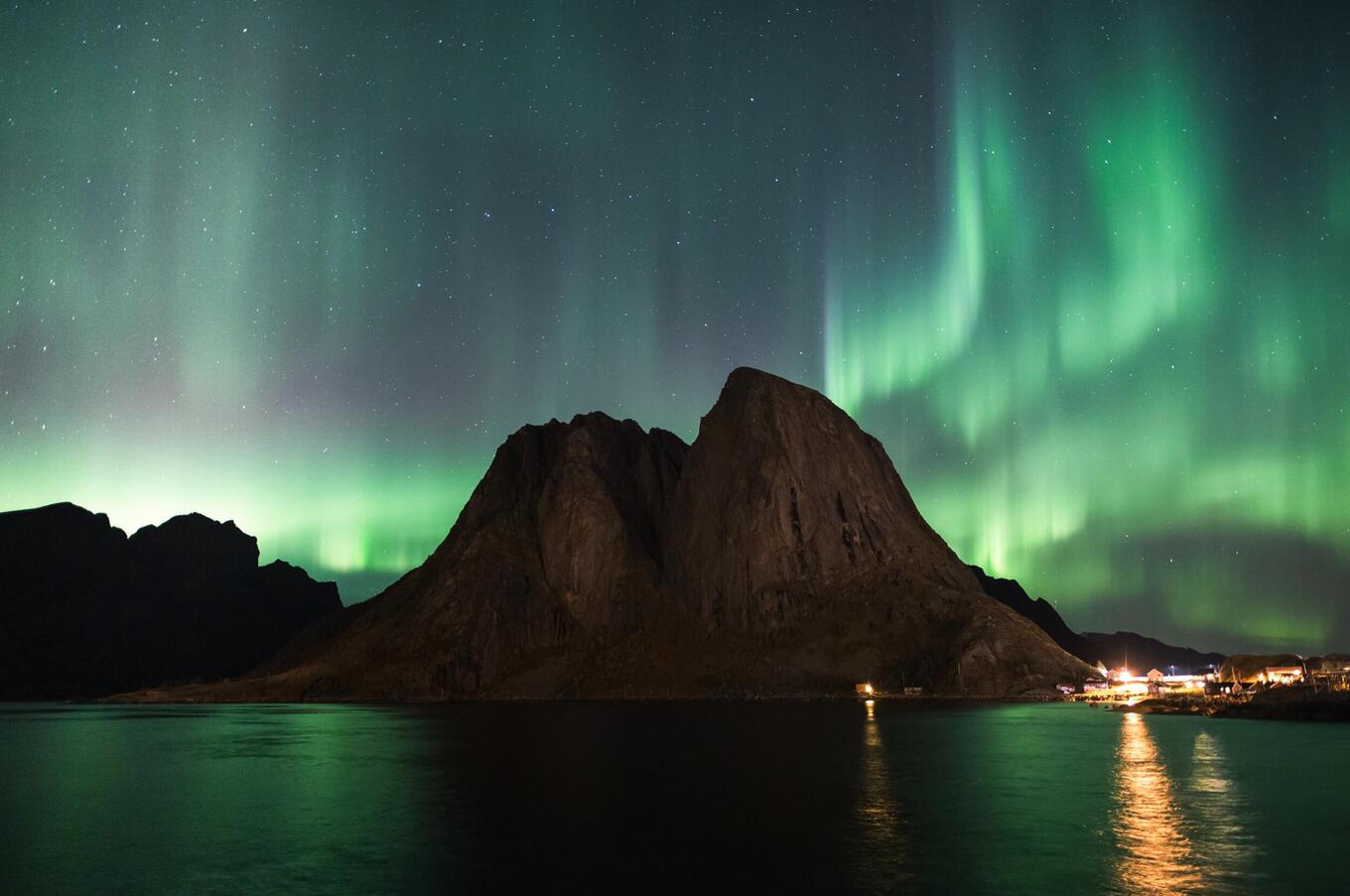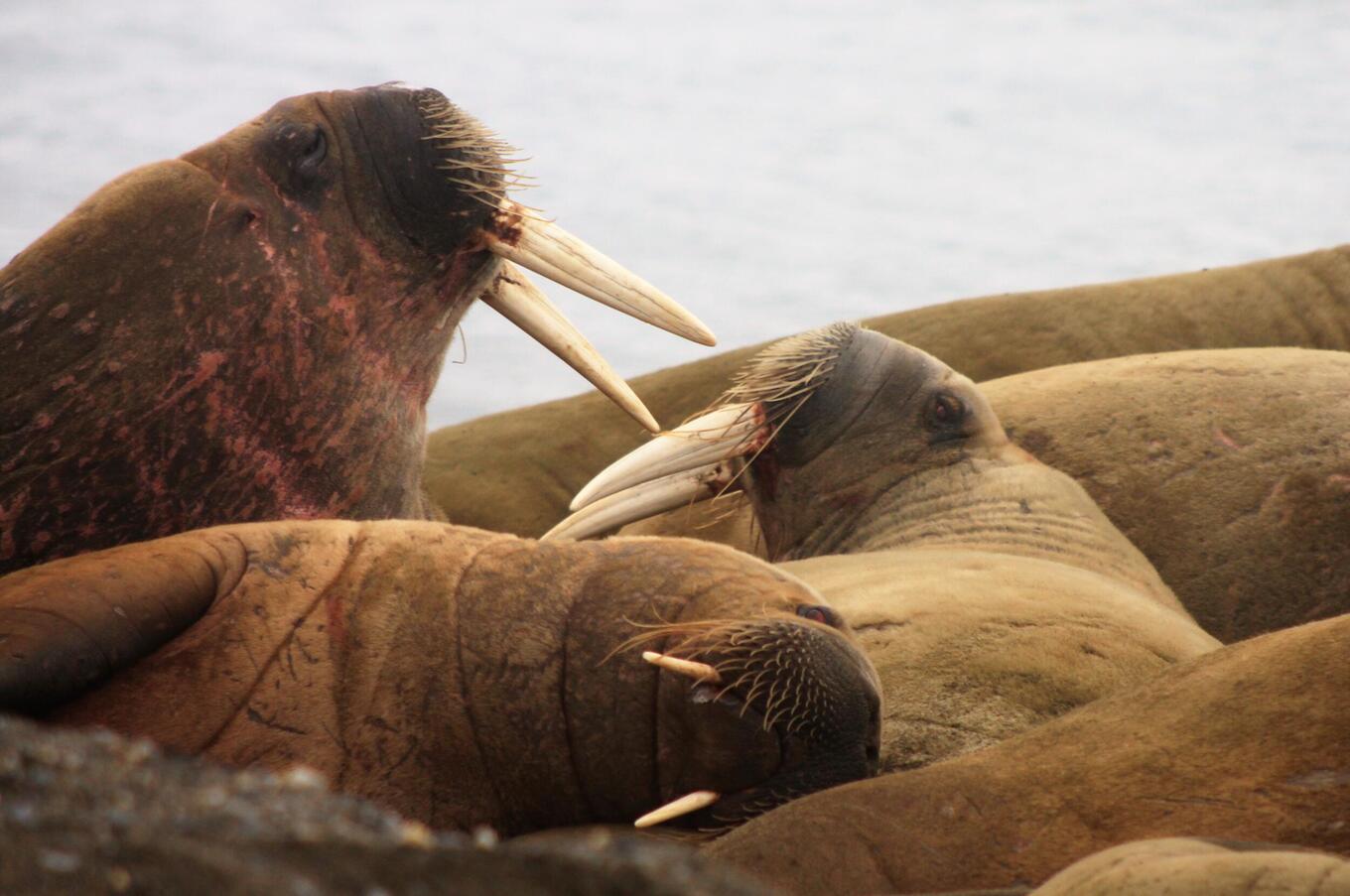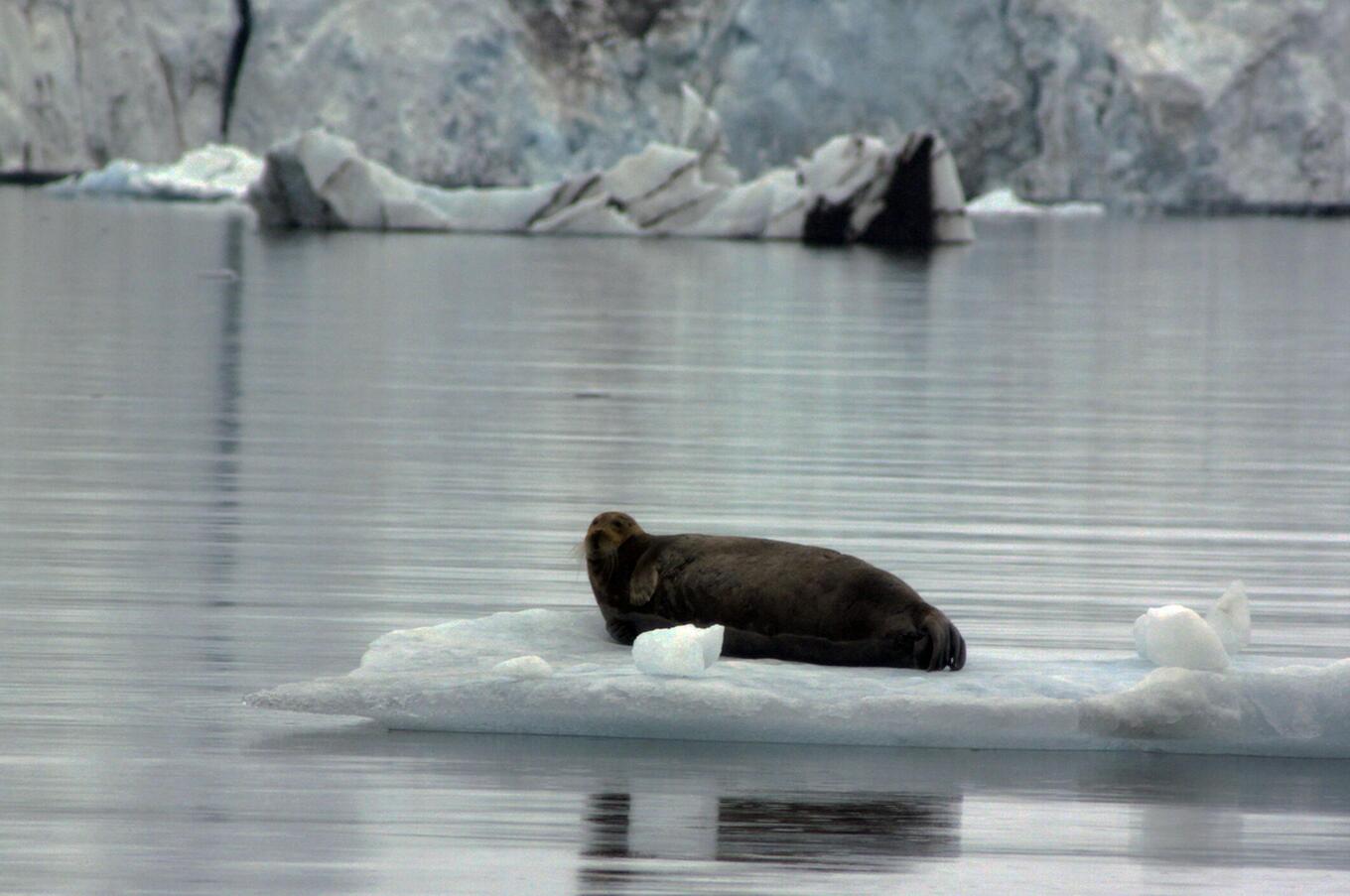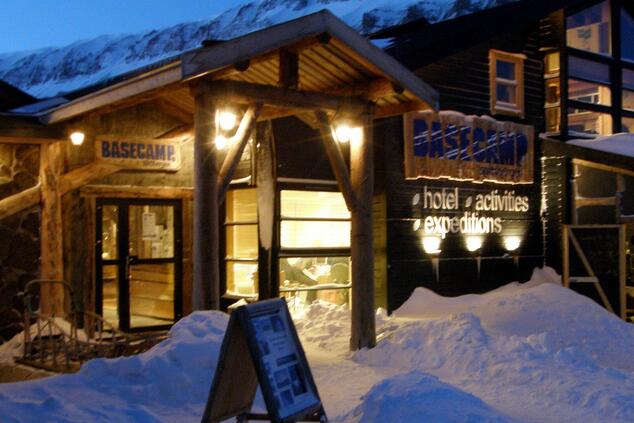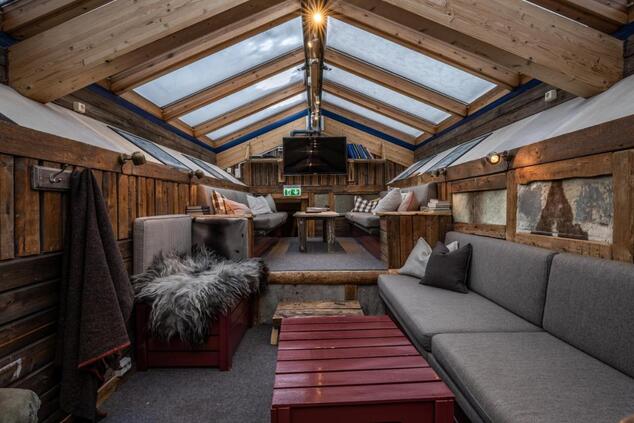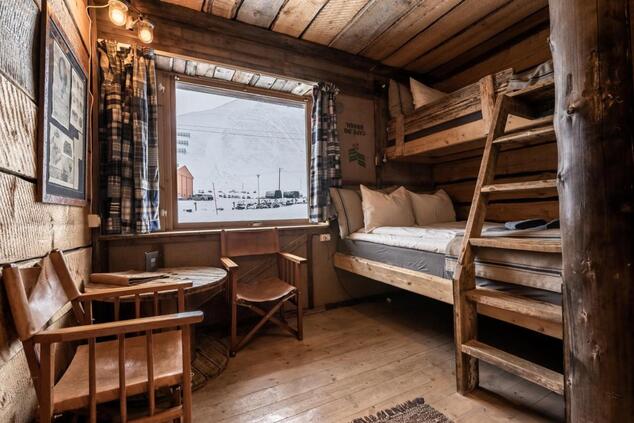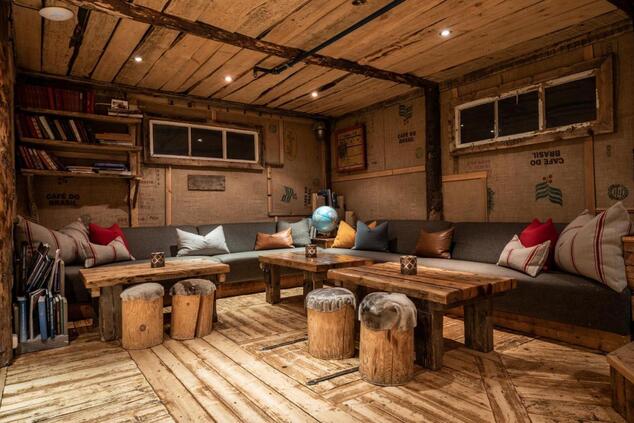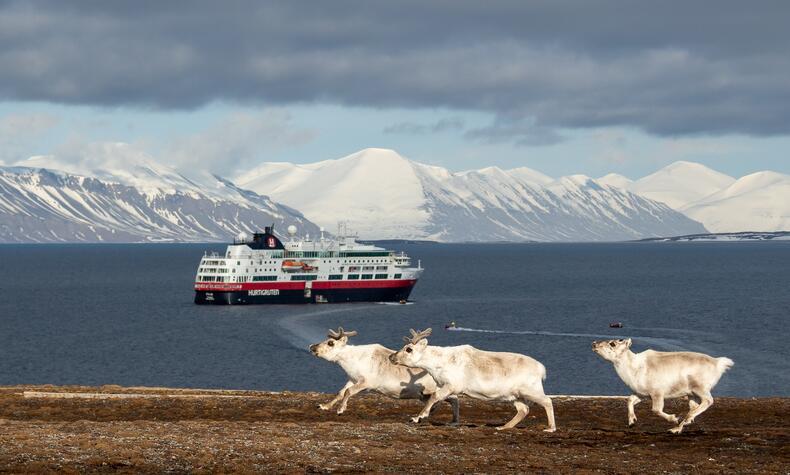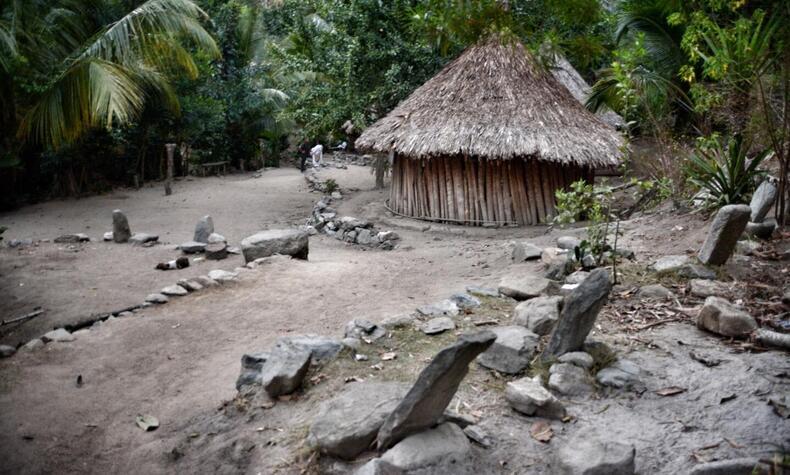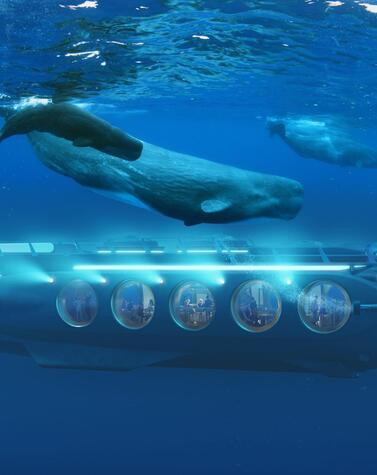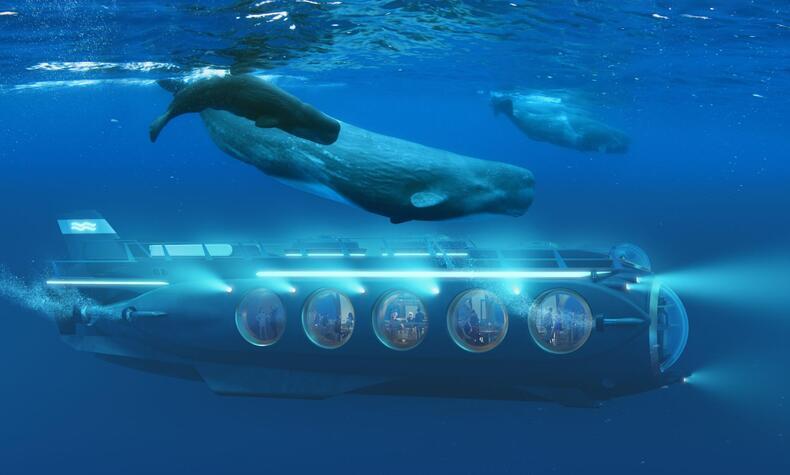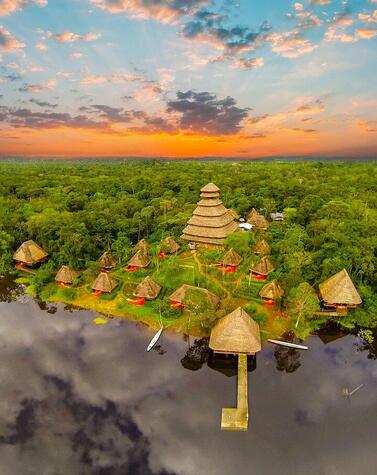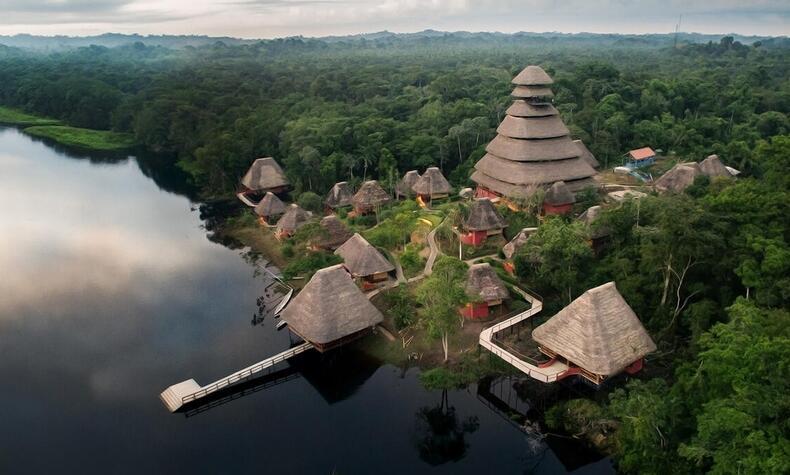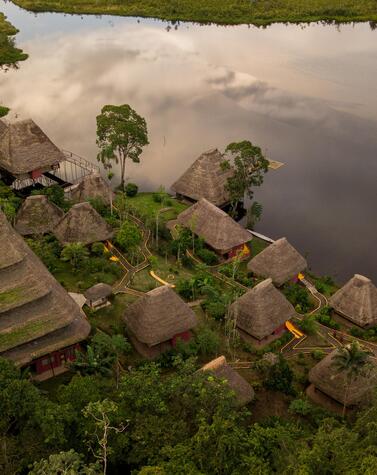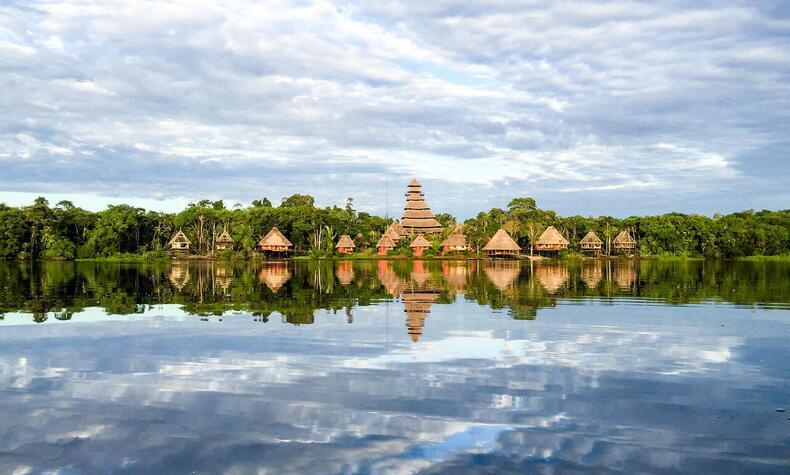Svalbard, the remote kingdom of the polar bear
Svalbard Islands, seemed a distant and remote destination the first time I heard of it, which are two essential ingredients for an exceptional trip. Located on the 78th parallel, just 12 degrees from the North Pole, I already had a guaranteed sense of adventure, and here I was, ready to discover what these remote islands wanted to offer me.
This remote Norwegian archipelago in the Arctic is one of the most unknown places on the planet, and also a destination rich in animal biodiversity where you can enjoy different experiences and activities both in winter and summer.
This group of islands, located in the Arctic Glacial Sea is 60% covered by glaciers and consists of several islands, of which only 3 are inhabited. Its capital, Longyearbyen, is home to some 2,000 people from around 50 countries and is the northernmost city in the world. On Svalbard, it is said that there are three seasons throughout the year: "Polar summer, northern lights winter, and sunny winter". The inhabitants of these islands live through 4 months of darkness per year and 4 months of 24-hour-long days. The climate is very extreme with temperatures that can range from -14 degrees in winter to 6 degrees in summer.
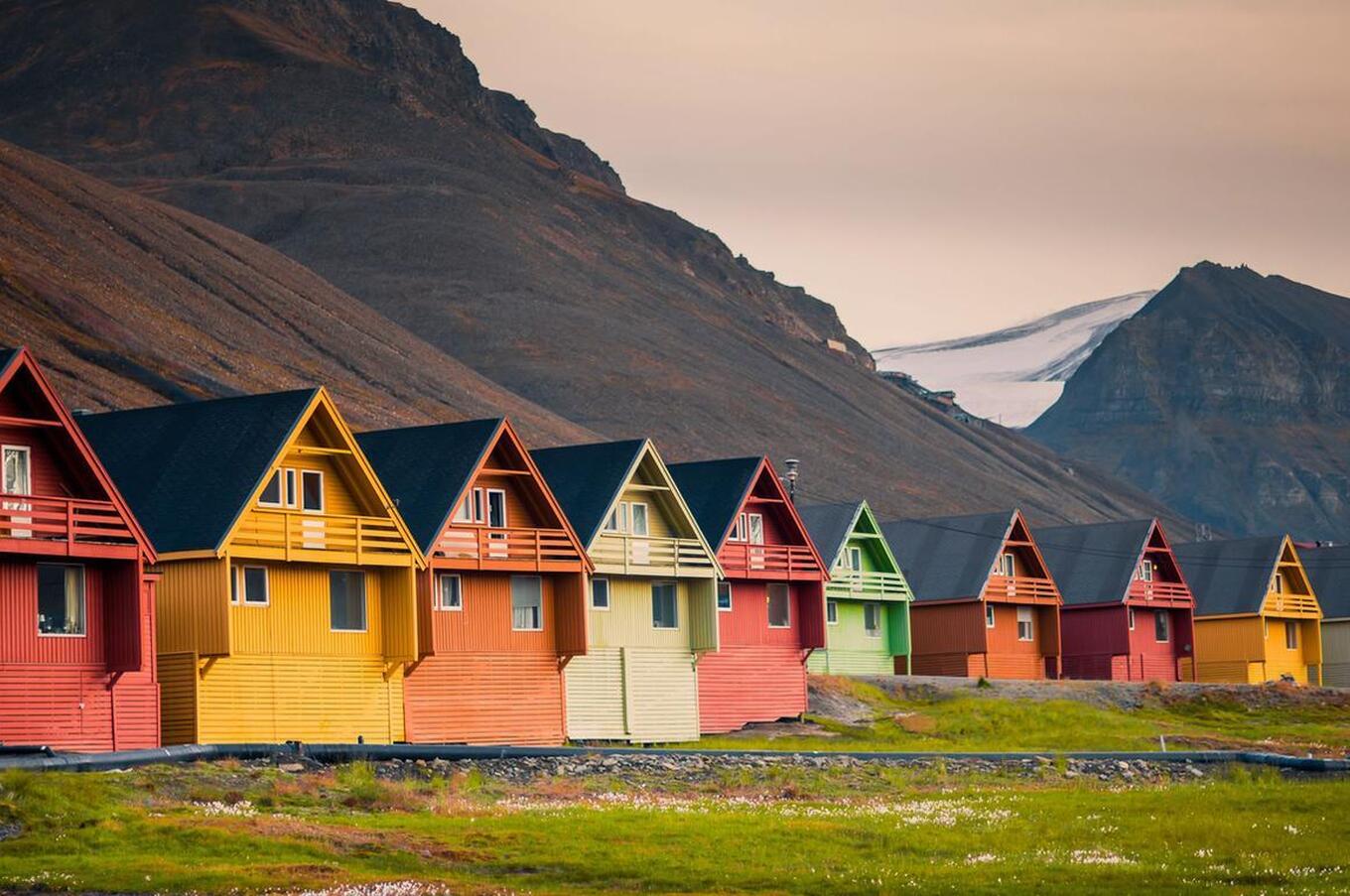
Although the Vikings may have discovered these islands as early as the 12th century, it was not until 1596 that the main island of the archipelago was discovered by Willem Barents, who named it Spitsbergen, from the Dutch for "sharp mountains", referencing the mountains that appeared to float when viewed from the sea. During the 17th and 18th centuries, the islands served as a whaling base for the Dutch, Spanish, and English, and were also the operational bases for many of the Arctic expeditions.
While recognizing the sovereignty of Norway, from the 1920s until the late 1990s, the Russian population that came to Svalbard to exploit the mineral resources, was among the largest.
Svalbard is also known for its polar bear population (believed to be about 3,000) but also inhabits different species such as walruses, seals, narwhals, the Arctic fox or reindeer, and beluga whales.
The hunting of polar bears, as well as whaling, were historically a big business in Svalbard, however, today it is prohibited and polar bears among other species are protected in a variety of nature reserves and national parks occupying almost two-thirds of the islands.
As for the activities that can be performed in this remote archipelago of the planet, it depends on the time of year in which we travel: sailing in zodiacs through the fjords and whale watching in summer, watching the northern lights from autumn to spring, and dog sledding, snowmobile safaris, skiing, and snowshoeing in winter.
On this trip, under the sunny skies of late March and after properly equipping ourselves with thermal clothing to protect us from the cold, one of the greatest adventures we have ever experienced awaited us: aboard my snowmobile, with our expert guide, crossing the white plains of ice, we set off along the coast of the Templefjord to the north in search of a polar bear.
Driving our snowmobile, exploring the vast white blanket where you easily learn to recognize various shades of this "color" depending on the light and age of the snow and ice, eyes wide open and on the lookout for the majestic white bear that can appear at any time, hunting a seal, behind a glacier, or just beyond the next hill.
During our safari, crossing miles of frozen terrain and sea ice, with towering glaciers as a backdrop, dozens of arctic birds fly over os, an elusive but curious arctic fox crosses our path, and seals peek timidly into the holes they have made in the ice to surface.
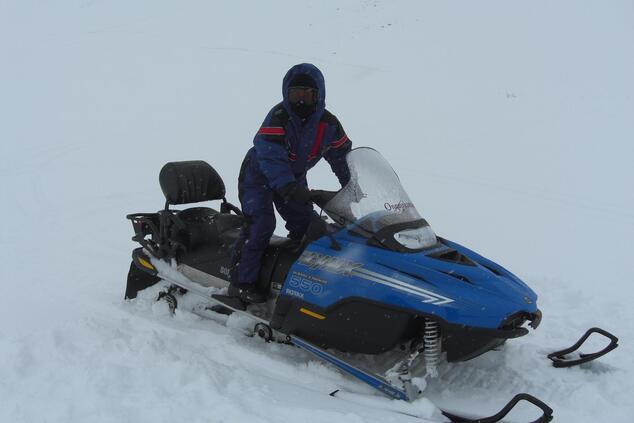
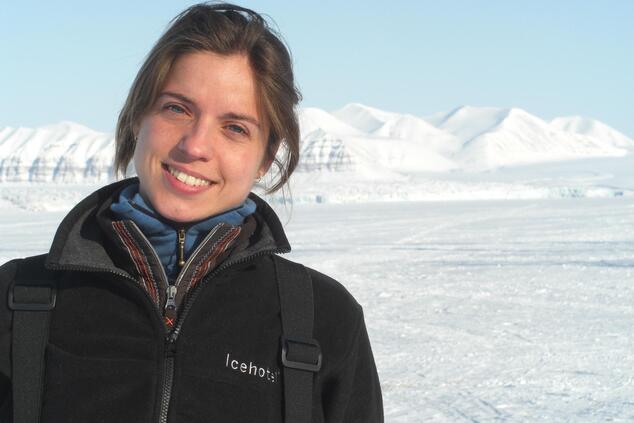
Finally, there it is... we see the first sign of a polar bear, a recent footprint in the ice reveals that this arctic plant-eater is nearby. We advance a little further following the footprints in the snow until finally, almost blending in with the horizon, we see her, a mother bear with her cubs.
While keeping a safe distance, we turn off the engines of the snowmobiles and admire the beauty. The bear raises her snout and smells us in the distance, she already knows of our presence and has seen us, she looks for her cubs and without further ado, continues on her way. The feeling is incredibly exhilarating and indescribable, as I thought I had already been fulfilled with the trip so far, without being aware of the surprises that were yet to come.
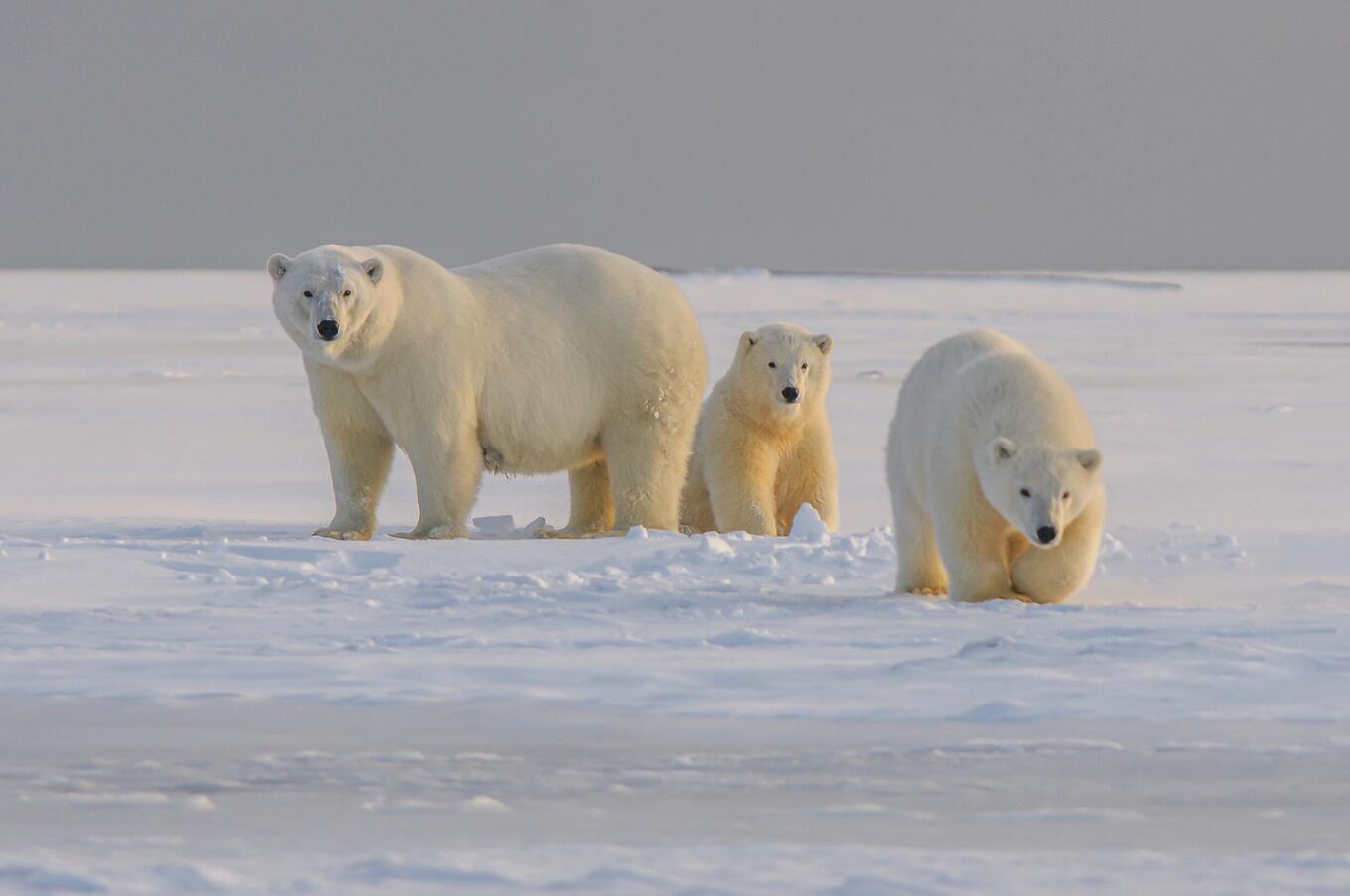
With our adrenaline pumping from having seen the polar bear, we continued our journey further north until we reached the town of Pyramiden, a ghost town that is a reminder of the Russian miners' past, full of coal mining remains: rusted steel beams and ironwork, half-collapsed mine buildings, abandoned railroads, and large mounds of black waste.
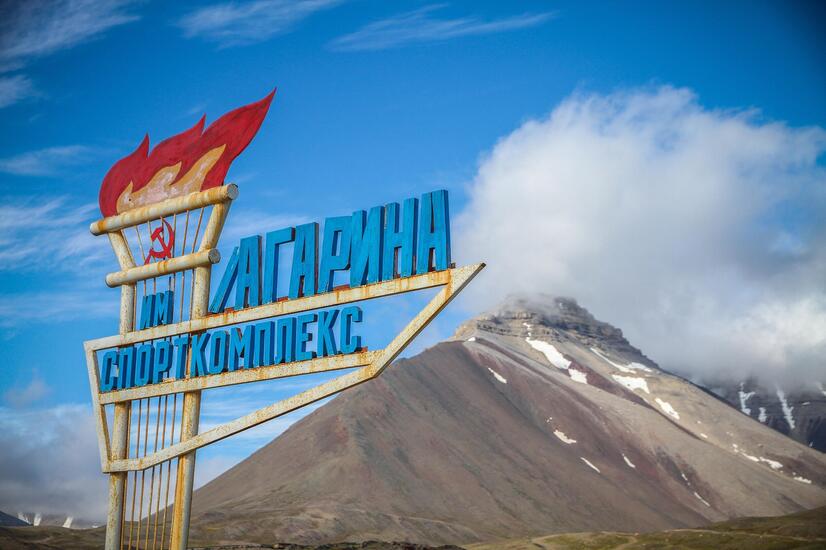
Walking through the abandoned streets of Pyramiden, with the wind whistling through the mountains, the Lenin sculpture in the central square offers a somewhat Dantesque sight that contrasts with the white and blue of the glaciers and the colorful houses of other parts of the archipelago that seems to have stopped in time.
Leaving the Russian settlement behind and returning to Longyearbyen, we arrived at Basecamp Hotel, our home and small hotel decorated like the old hunters' huts before continuing southwest the next day, where an old radio station awaited us.
- The hotel has 16 rooms, all of them different and unique —
- The glass-roofed Cognac loft is a good place to relax while gazing at a sky full of aurora borealis —
- The interior design of this hotel simulates the style of the old trappers' cabins —
- The interior of the hotel is covered with wood, maps, photographs and objects that illustrate the past and present of life in the Arctic
Isfjord Radio is a former weather station and radio station dating back to 1933, a strategic enclave during the Cold War, 1,300km from the North Pole that boasts the northernmost radio station in the world.
An even more remote place, far from civilization, with no road connection. During the winter, it is reached by dog sled or snowmobile and, in summer, by crossing the Arctic Ocean by boat. This radio station converted into a hotel, amazes due to the contrast between a simple and functional exterior and a modern and cozy interior, which even contains the sauna that was built for workers in the 50s.
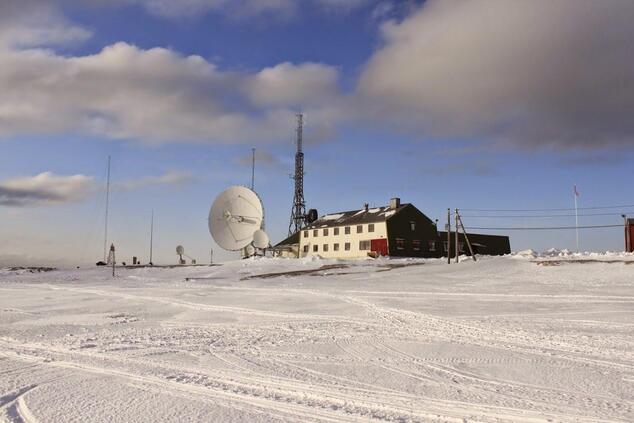

Without a doubt, the Svalbard Islands, in this remote part of the world, is the perfect place to become aware of the wild beauty and, at the same time, fragility of an ecosystem, the Arctic, which has been one of the most affected by climate change in recent years.
